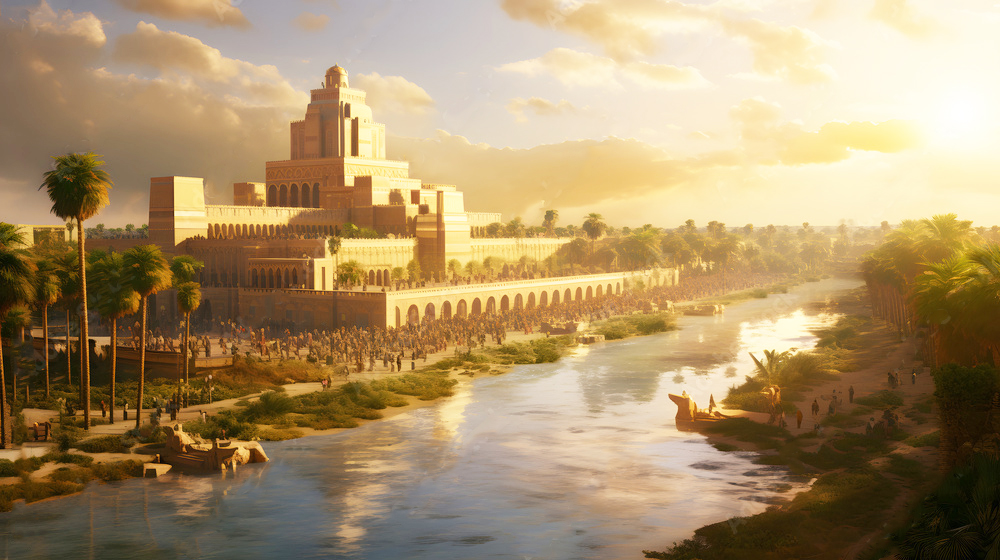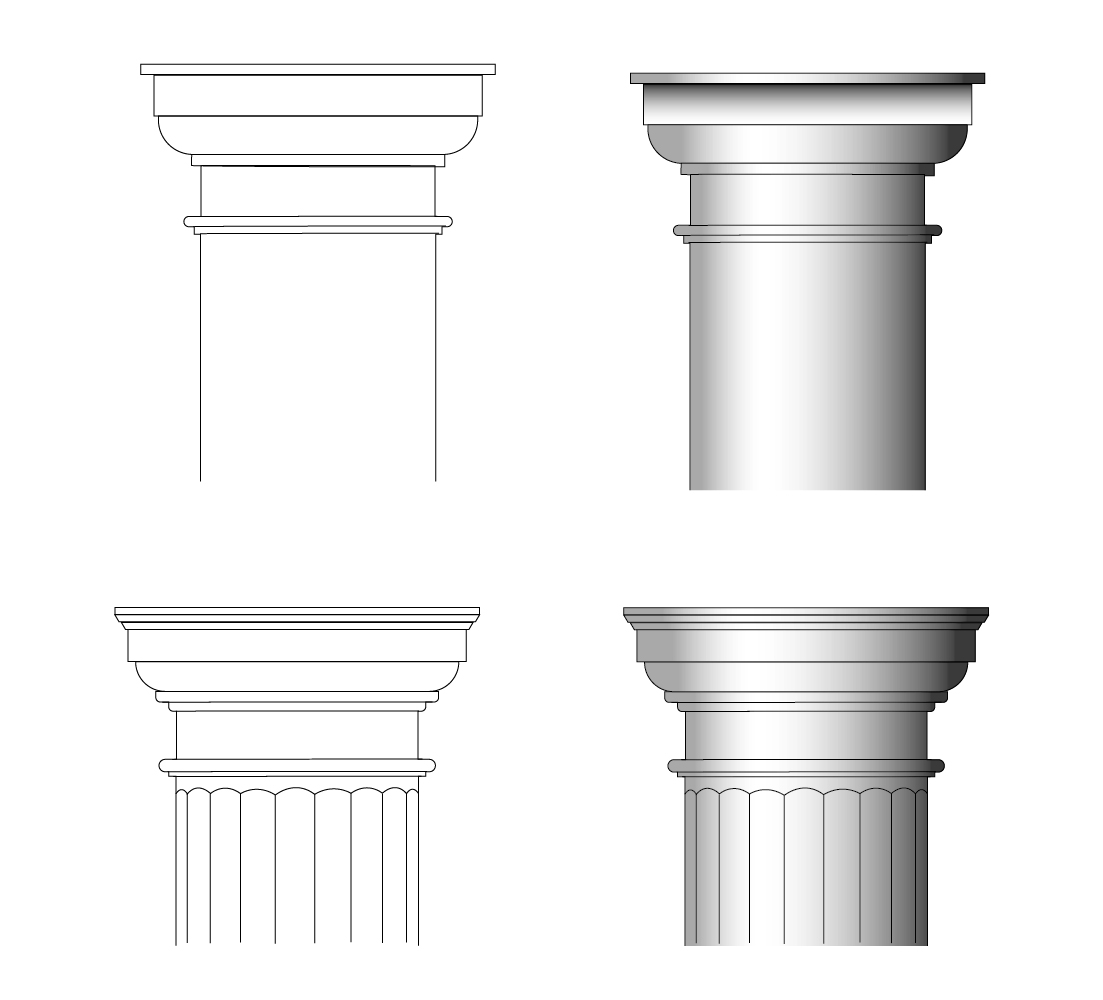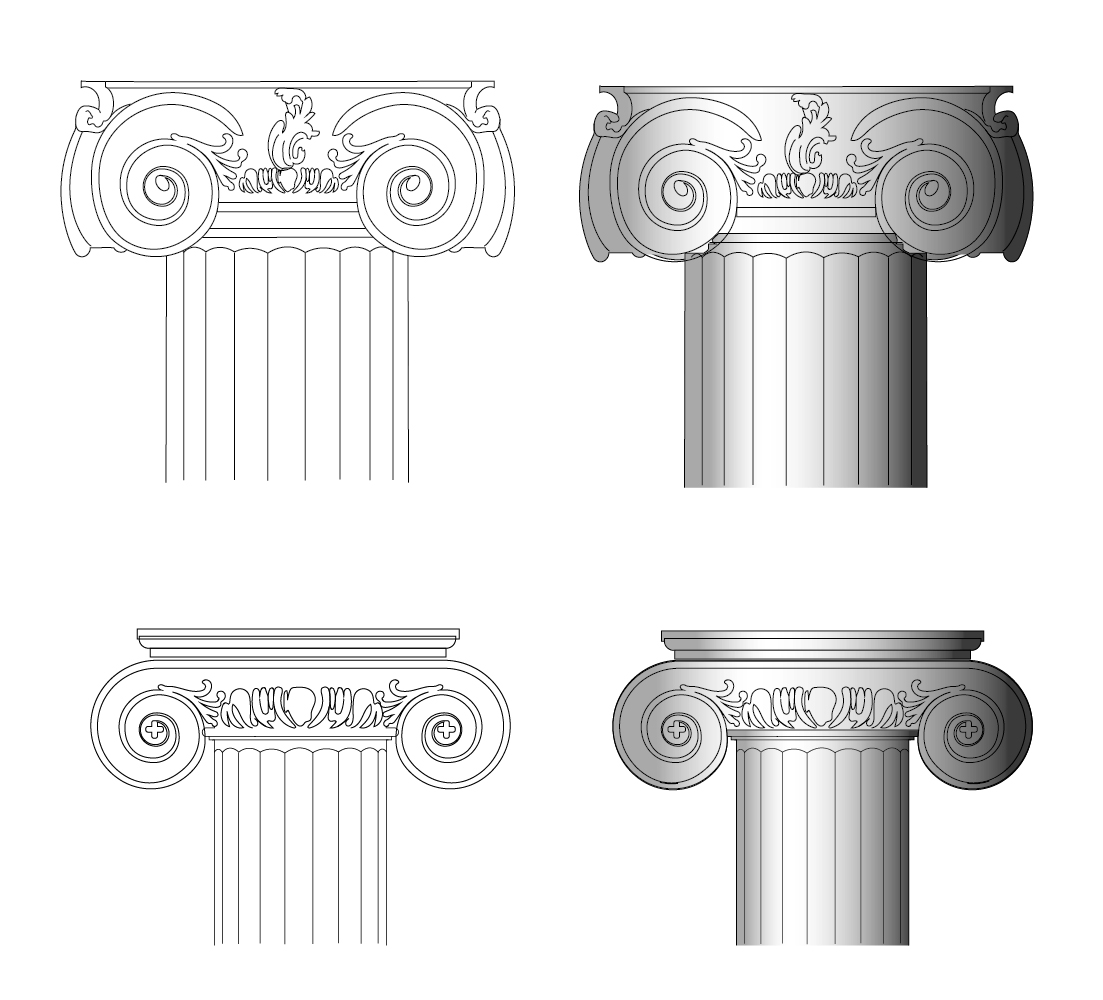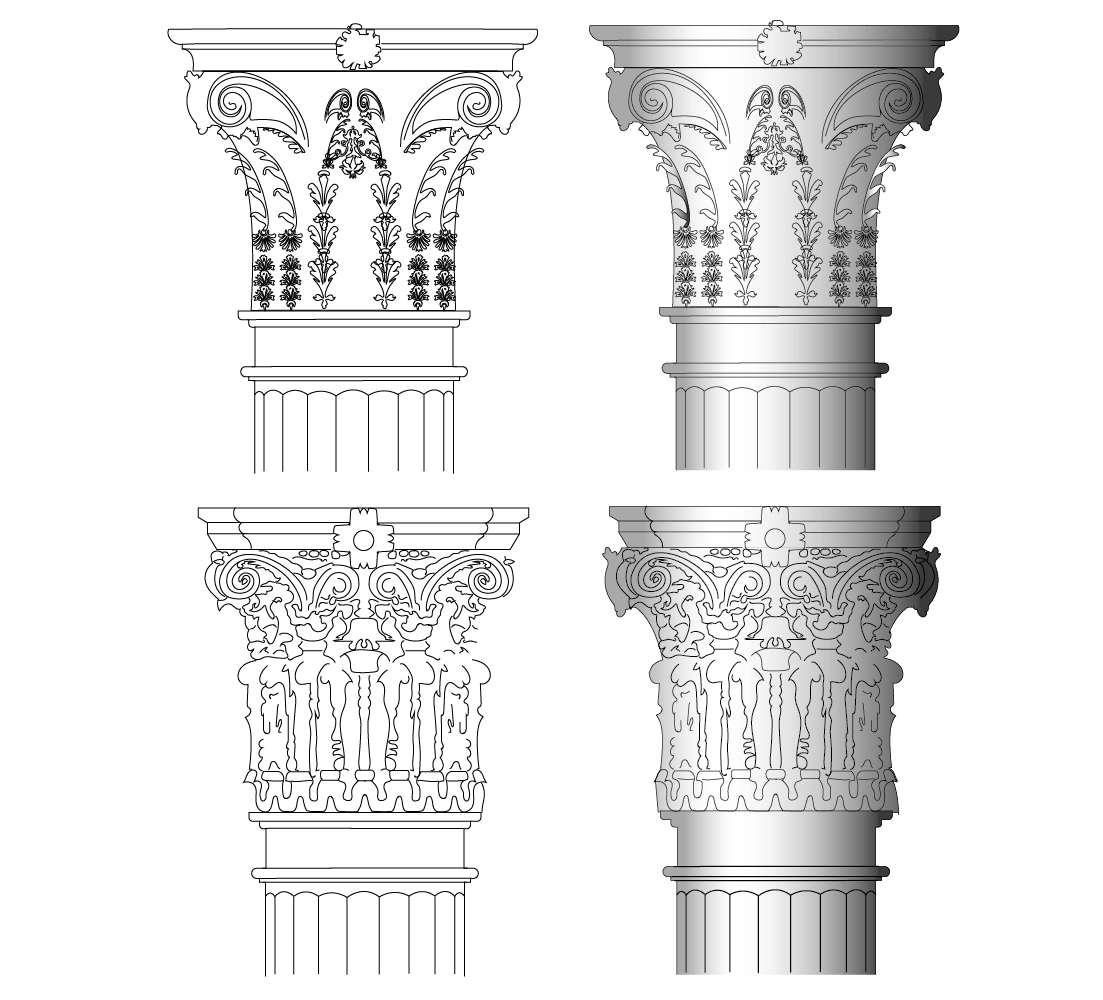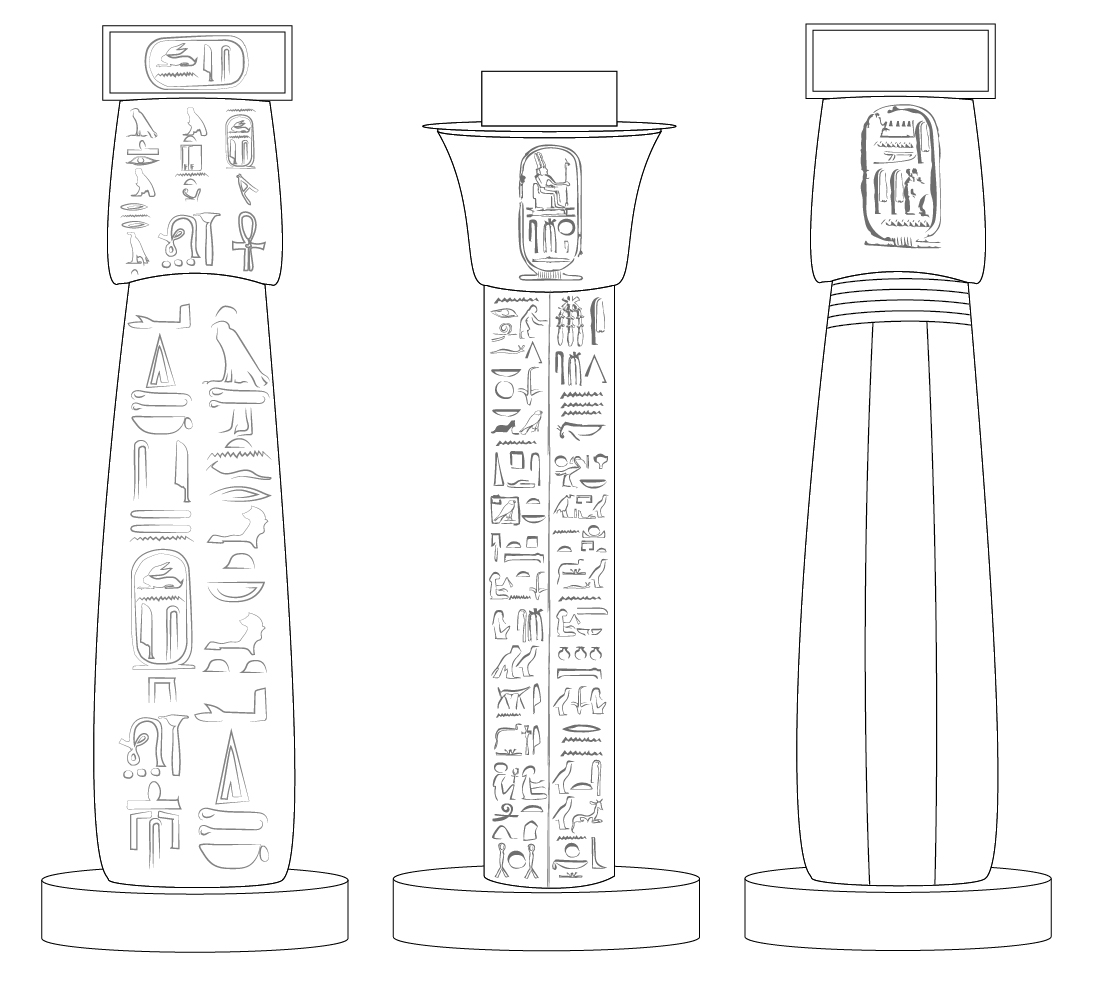Art Timeline 2000 B.C.E -1000 B.C.E
The birth of the metropolis
Most historians’ look to Egypt, Rome and Greece as the foundation of planning and the development of urban architecture, paved roads, monuments, and cathedrals. Artist defined these early civilizations as to providing a distinct style to the cultures they embodied; this distinction was attributed to societal beliefs and religious ideologies. This impled that artist at this time were beholden to their patrons pharos, emperors, kings and priest. Although Egypt by far is well known for its great cities starting as far back as 5000 BCE Mesopotamia has been credited as the birth of civilization. And looking at some of the pictures below you can see how incredibly advanced the architecture was as far back as 3500 BCE. Babylon was the largest city in the known world at the time. We have observed that most cities although from slightly different time periods have displayed extraordinary advances in architecture. Again this style of design was only used for building palaces and temples, but it not only heightened the cultural status but contributed as well to the moral of the people living in these cities giving them an tremendous sense of accomplishment.
The Hanging Gardens of Babylon
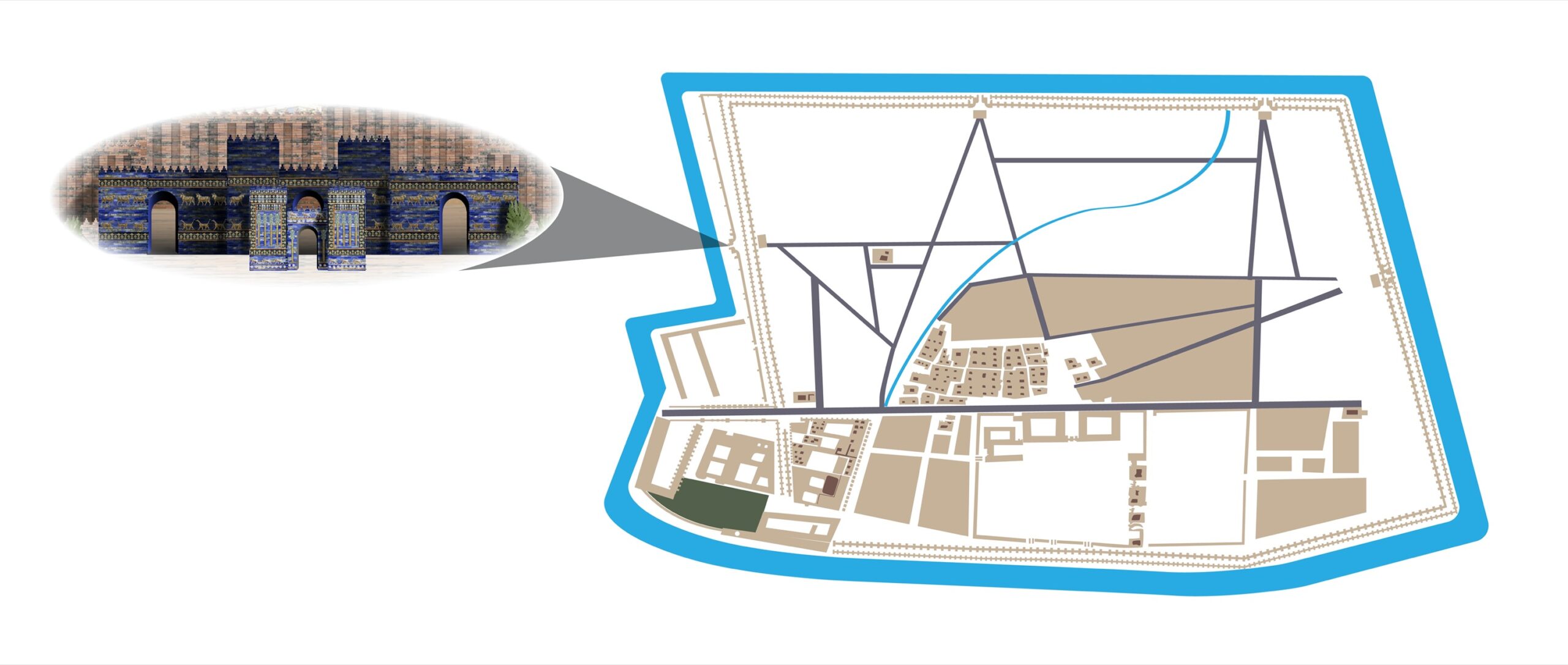
The Hanging Gardens of Babylon were one of the Seven Wonders of the Ancient World listed by Hellenic culture. They were described as a remarkable feat of engineering with an ascending series of tiered gardens containing a wide variety of trees, shrubs, and vines, resembling a large green mountain constructed of mud bricks. It was said to have been built in the ancient city of Babylon, near present-day Hillah, Babil province, in Iraq. The Hanging Gardens’ name is derived from the Greek word κρεμαστός (kremastós, lit. ’overhanging’), which has a broader meaning than the modern English word “hanging” and refers to trees being planted on a raised structure such as a terrace. According to one legend, the Hanging Gardens were built alongside a grand palace known as The Marvel of Mankind, by the Neo-Babylonian King Nebuchadnezzar II (who ruled between 605 and 562 BC), for his Median wife, Queen Amytis, because she missed the green hills and valleys of her homeland. This was attested to by the Babylonian priest Berossus, writing in about 290 BC, a description that was later quoted by Josephus. The construction of the Hanging Gardens has also been attributed to the legendary queen Semiramis and they have been called the Hanging Gardens of Semiramis as an alternative name.
![]()
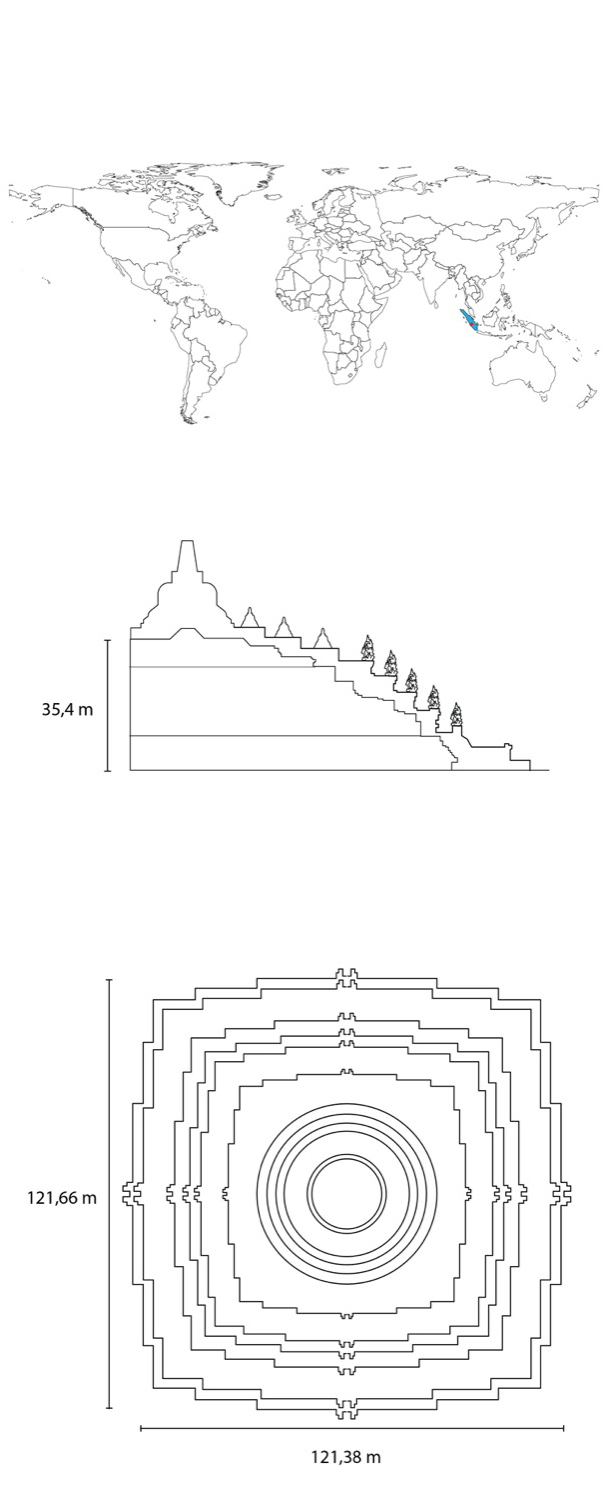
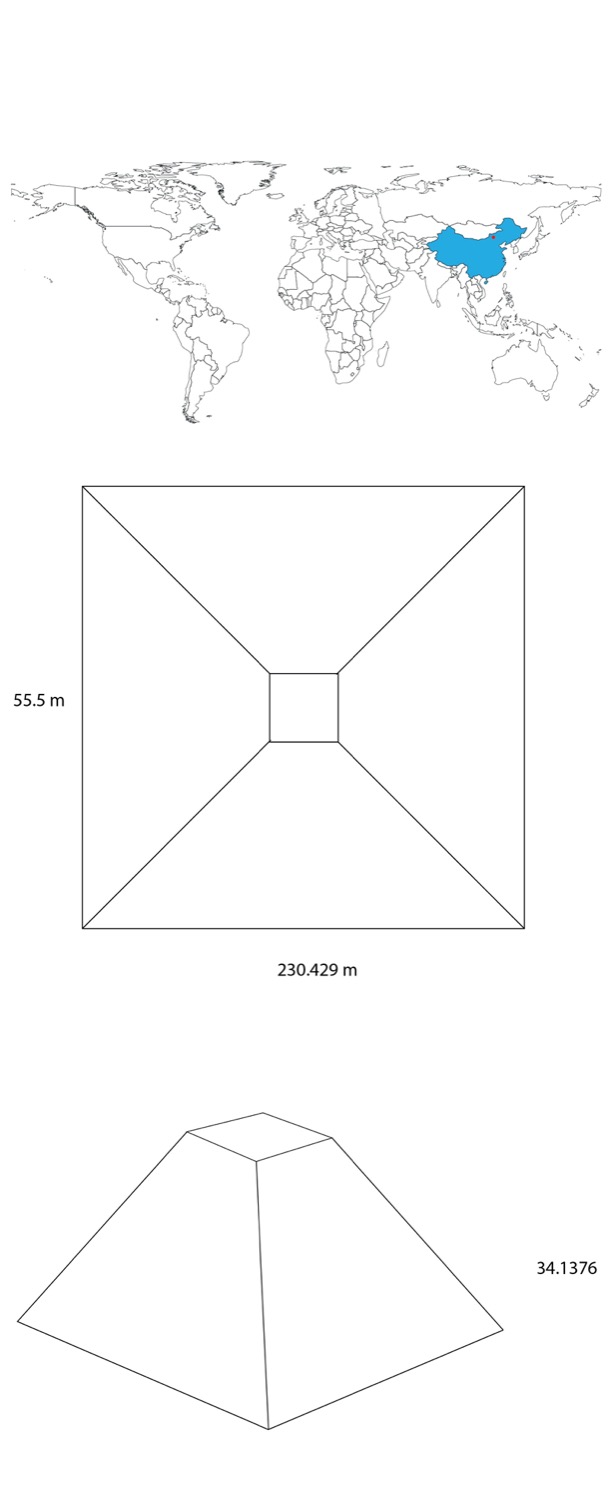
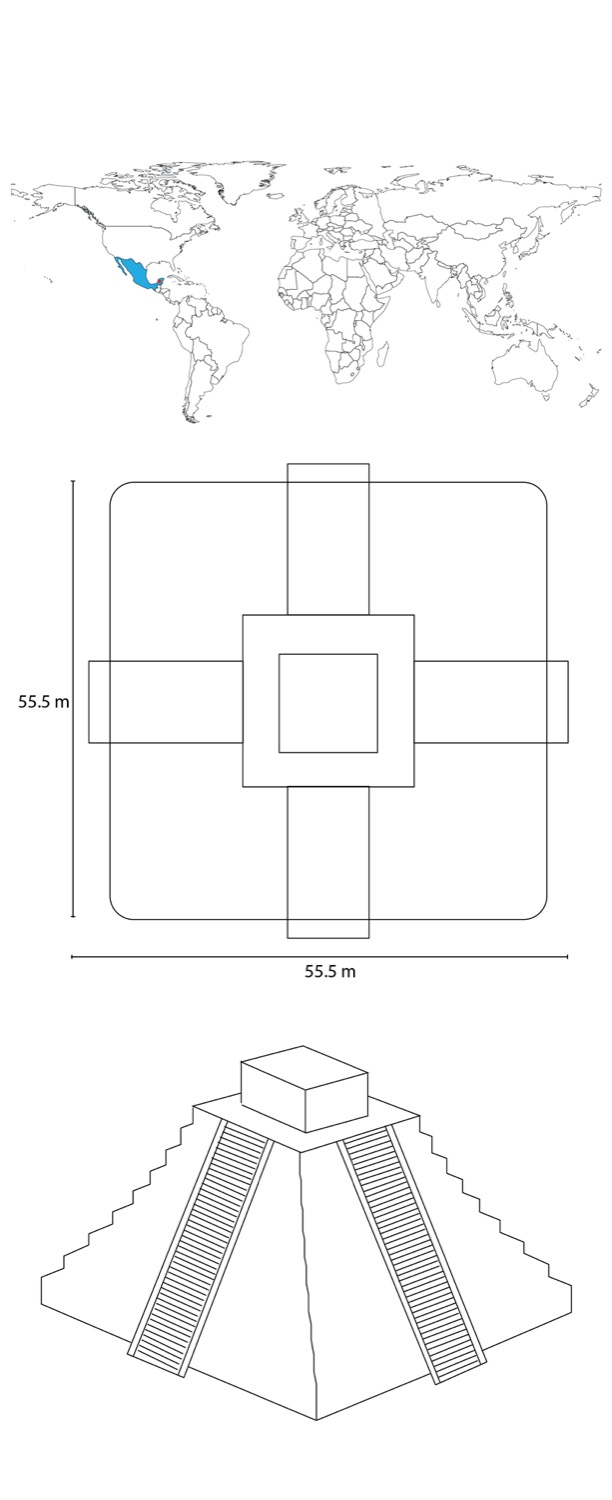


It would appear that the early work of artist were to create structures that would inspire an almost spiritual presence. Quite often writing or pictures would also adorn the facades and columns sometimes depicting everyday events or describing historical or religious ideologies. By using this scale the creators introduce a new idea into these monumental works that is a mixture of metaphor coupled with design & function. This is important to note because art and the role of artist in society widen to create other disciplines we see less decorative works and more utilitarian and functional objectivity. It was not unusual for artist to work in teams to create these extraordinary wonders and the masters were the overseers.
Early Sculptural Works 2980 B.C.E — 500 C.E

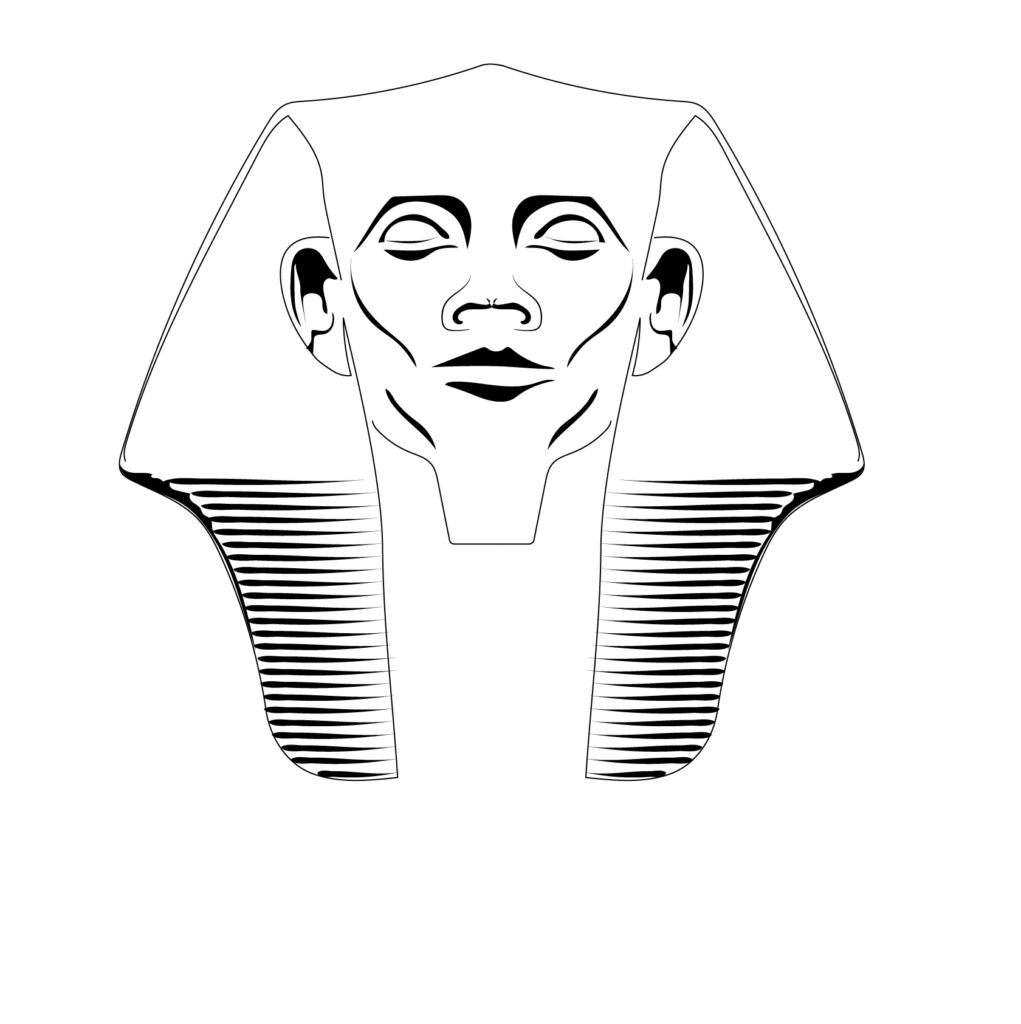
Egyptian
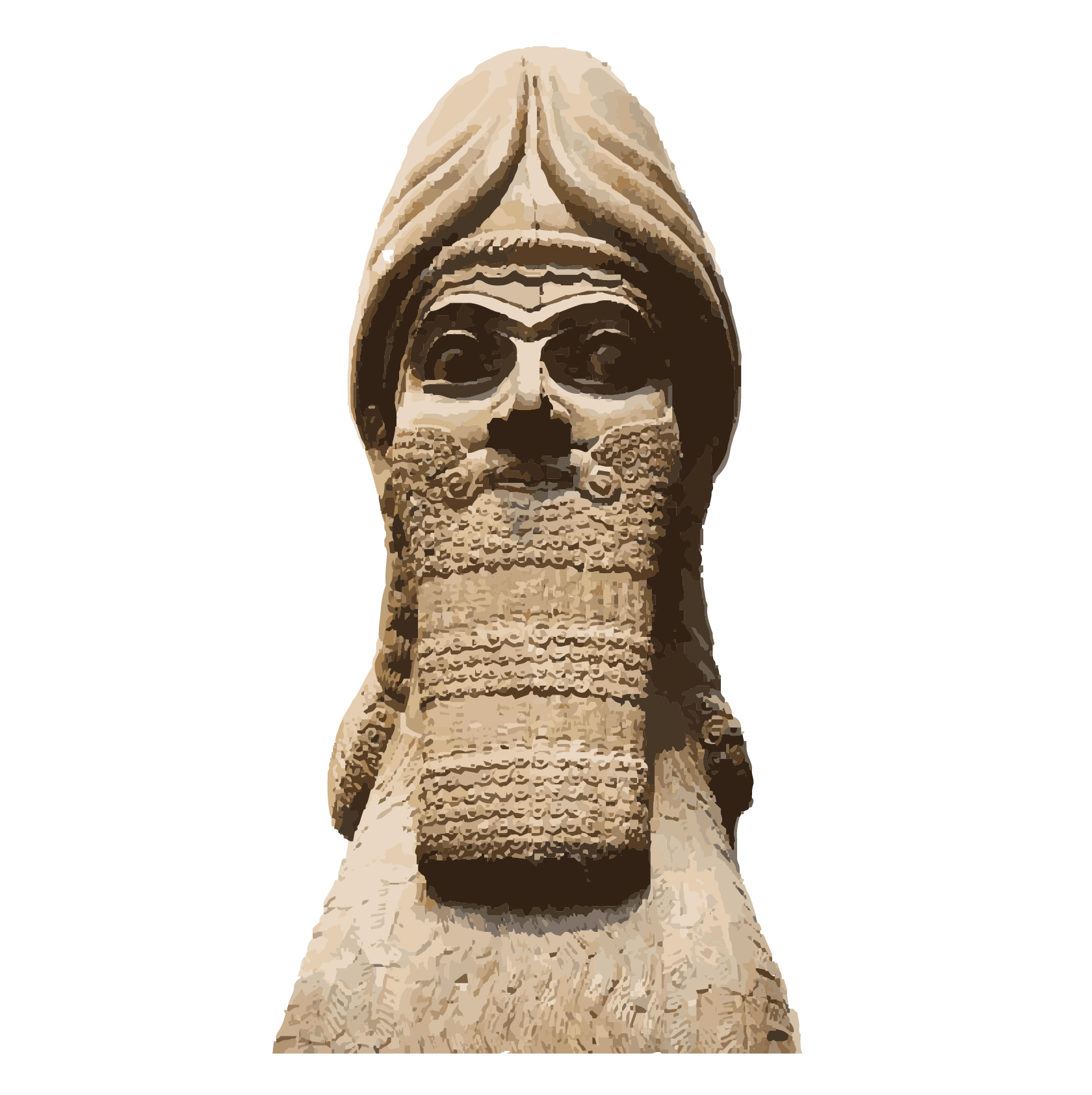
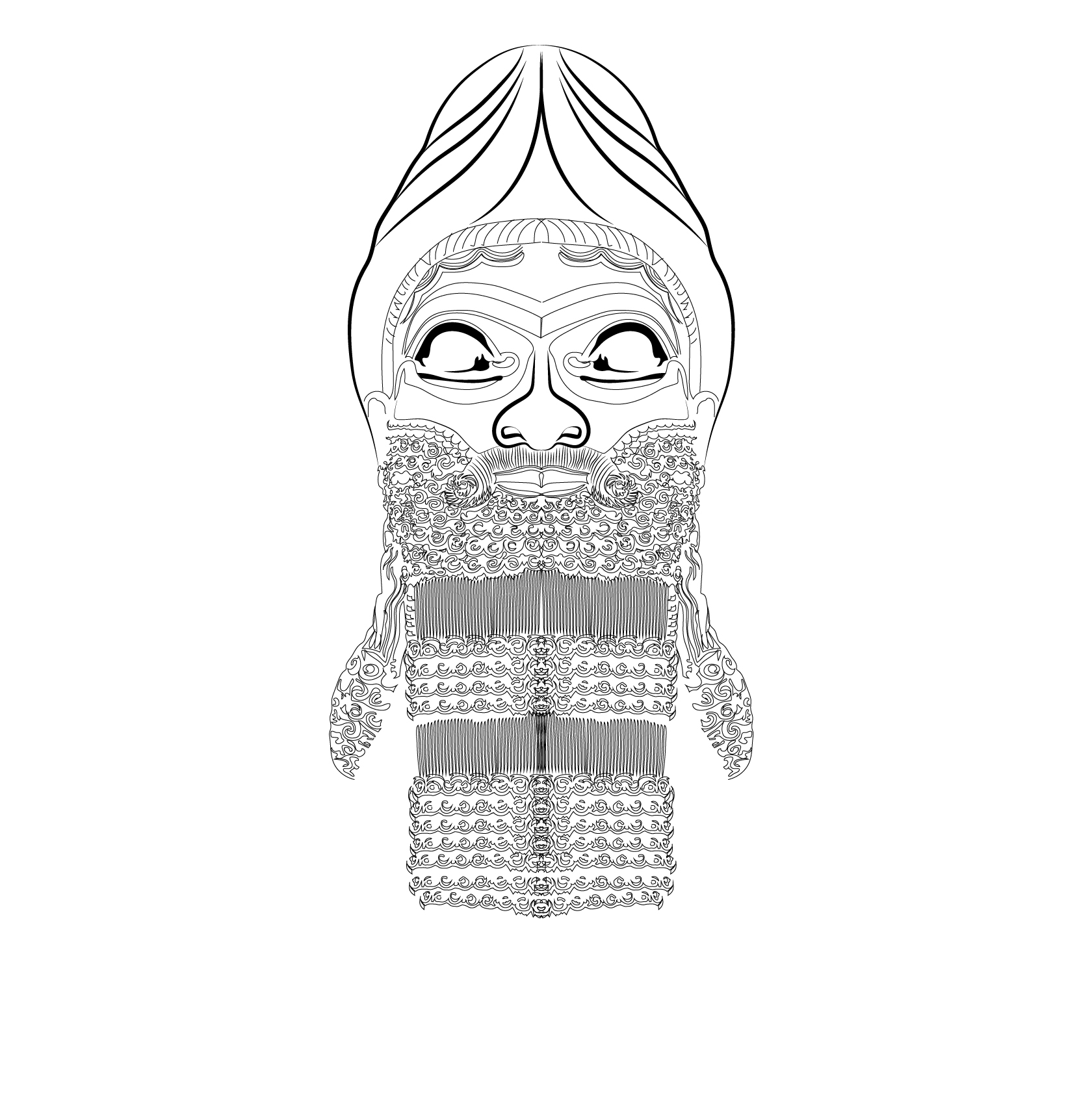
Assyrian
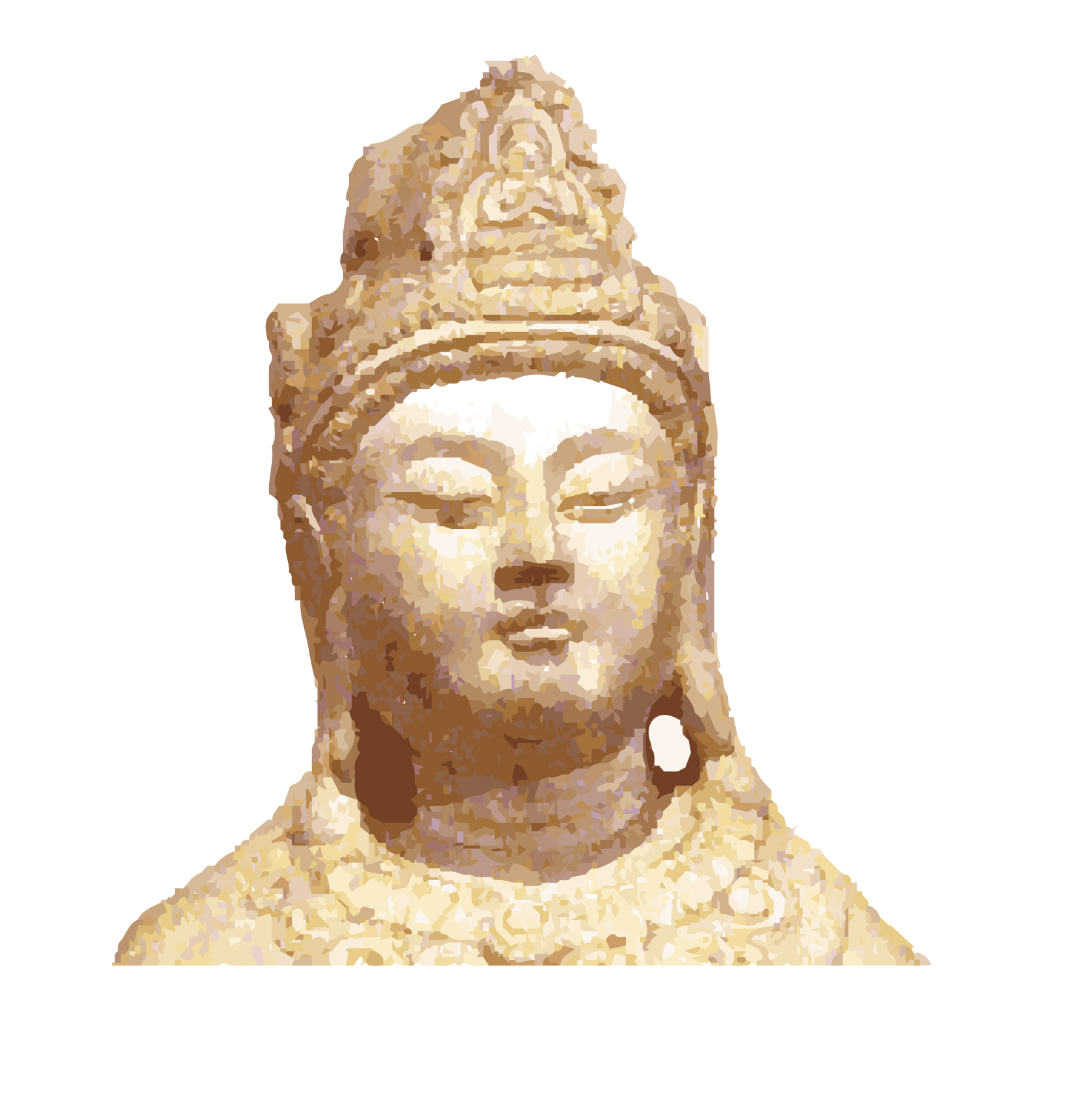
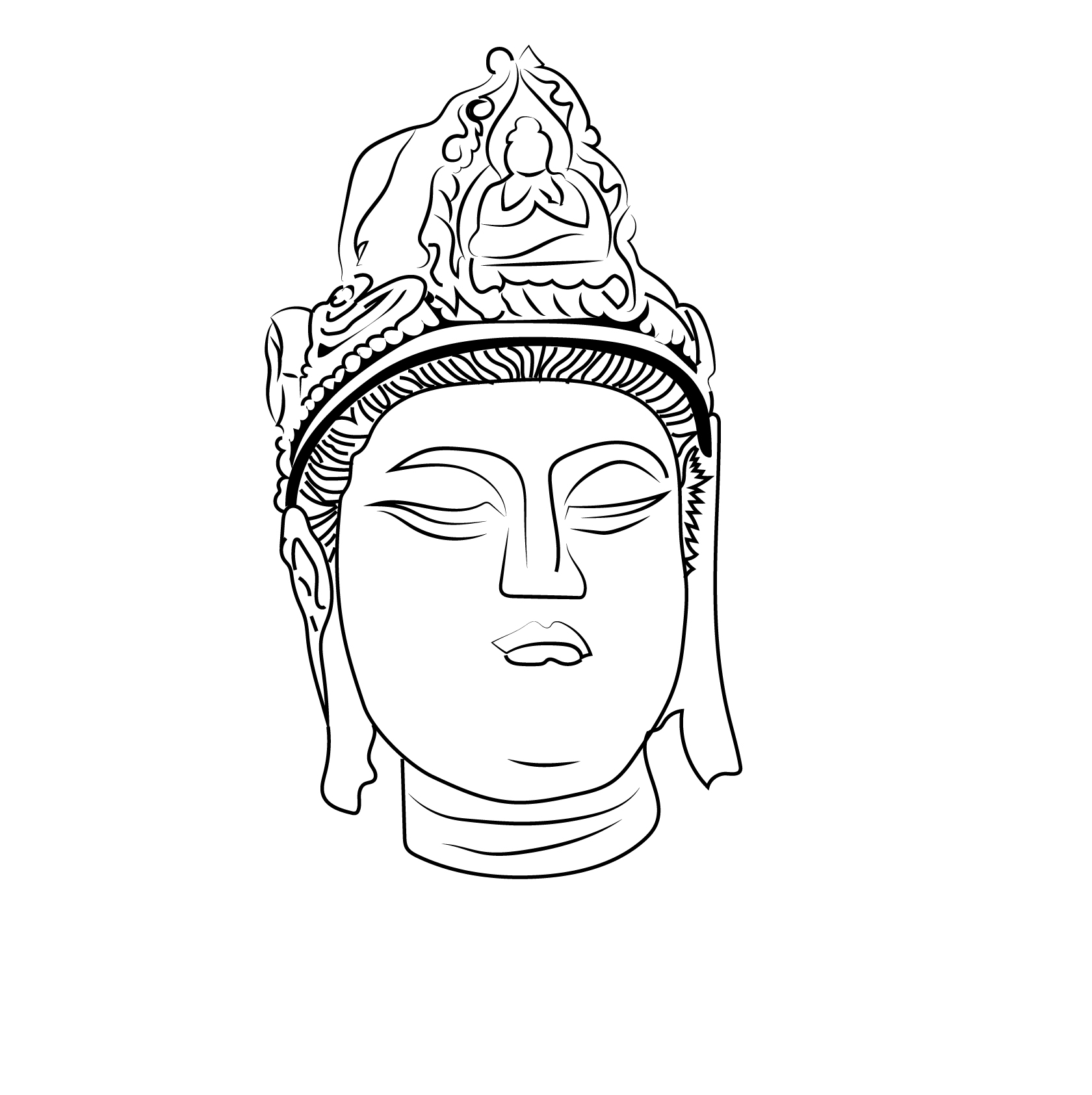
Chinese Statue

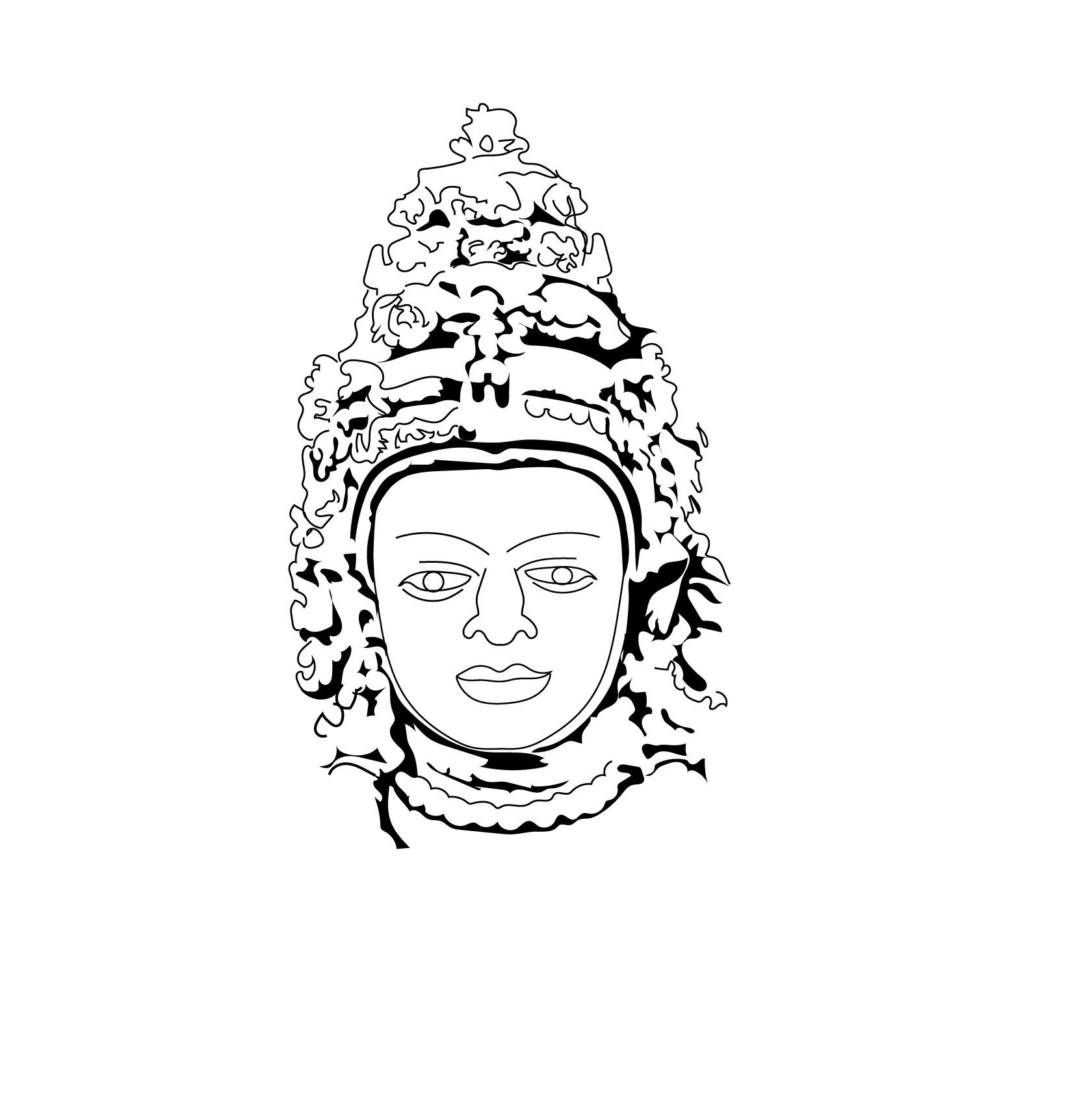
Indonesian Statue
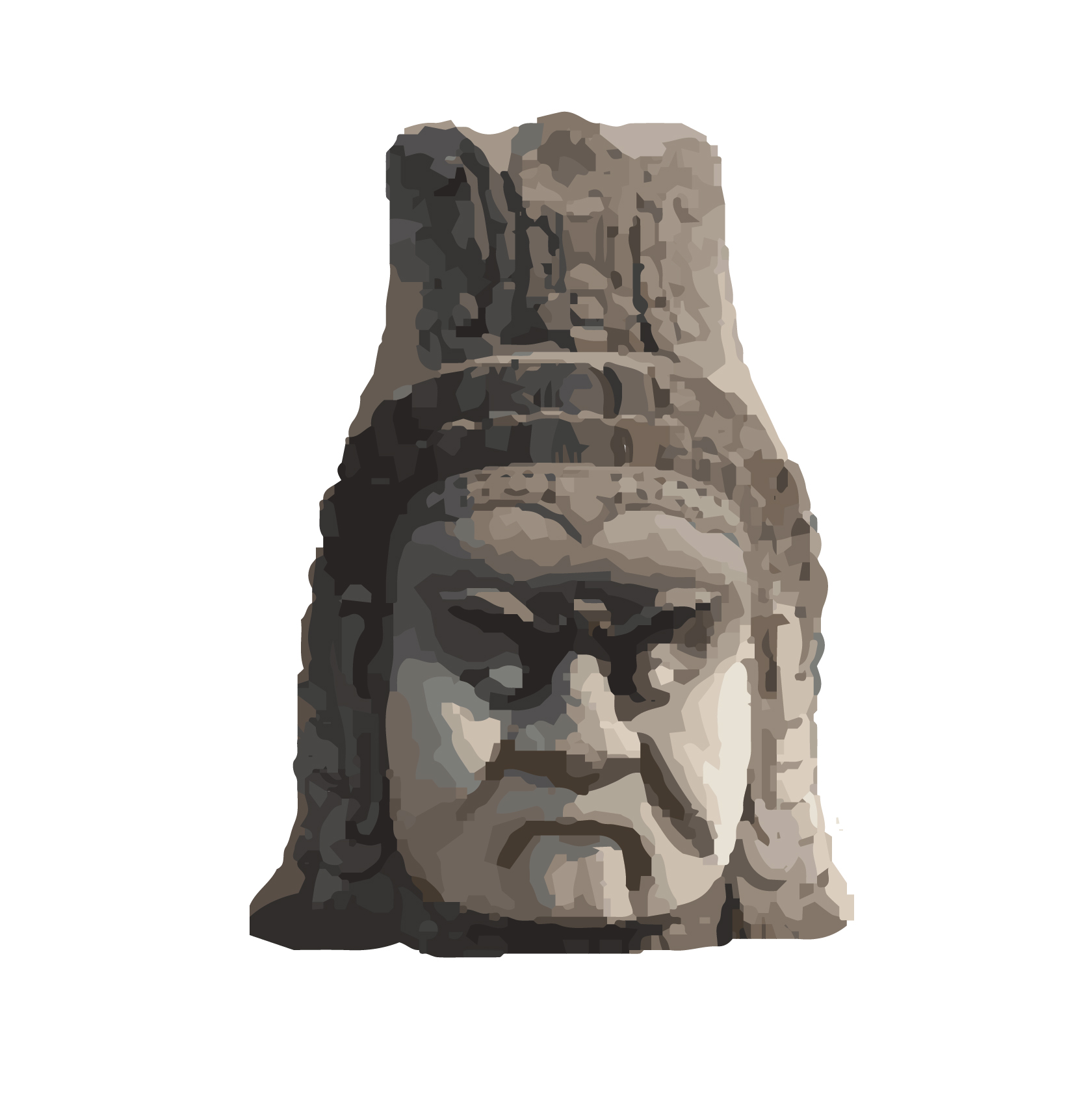
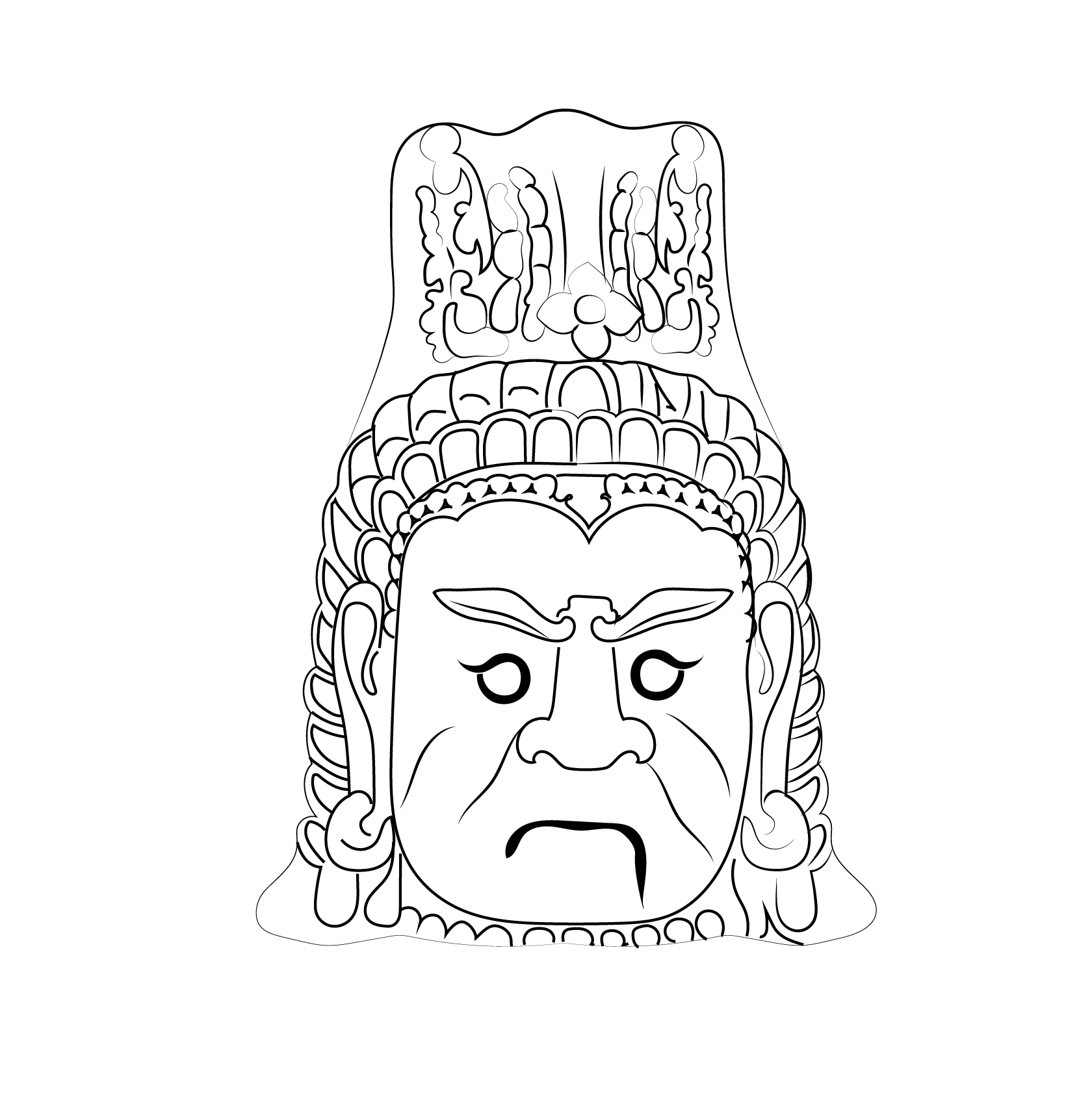
Cambodian Statue
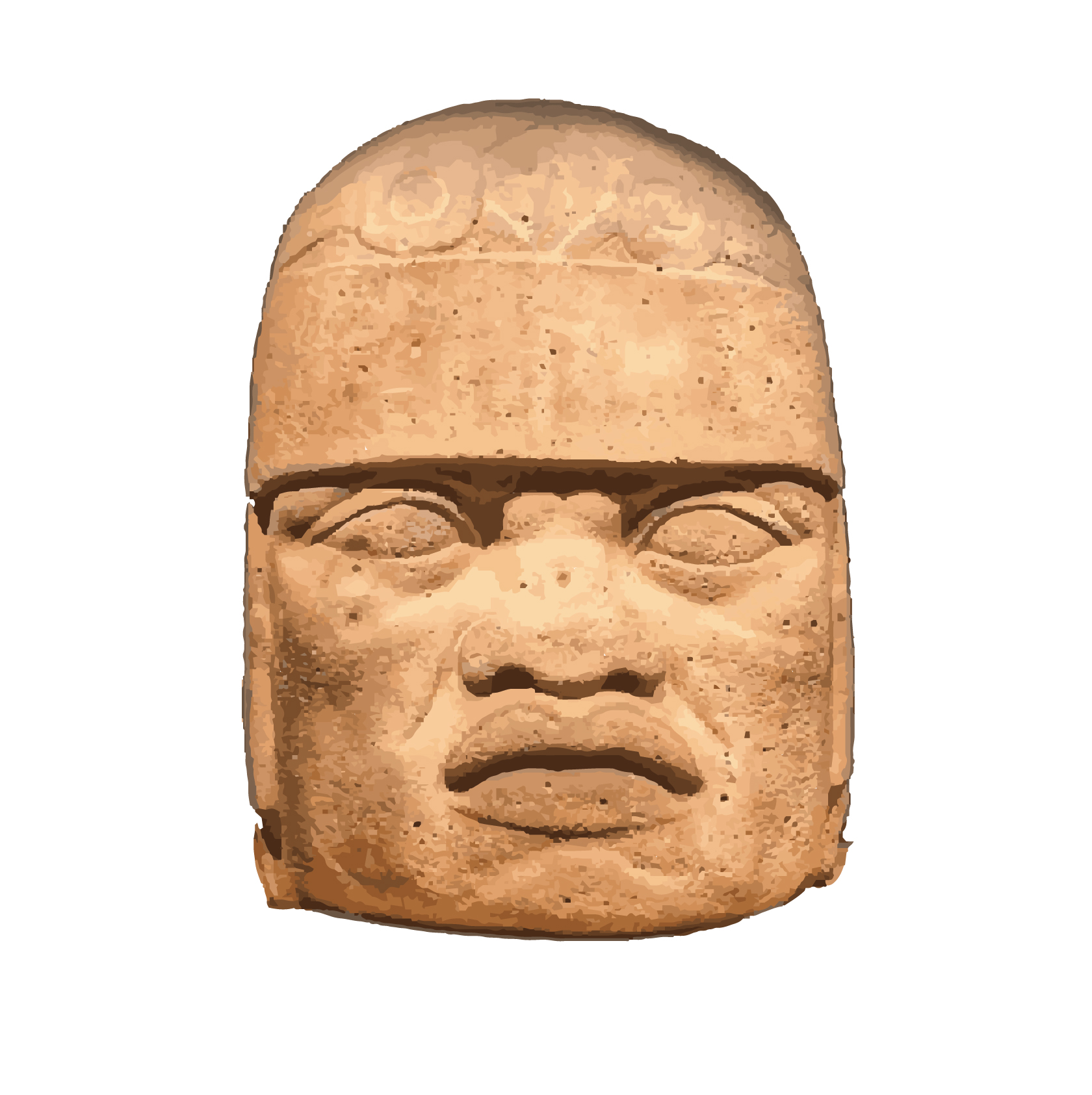
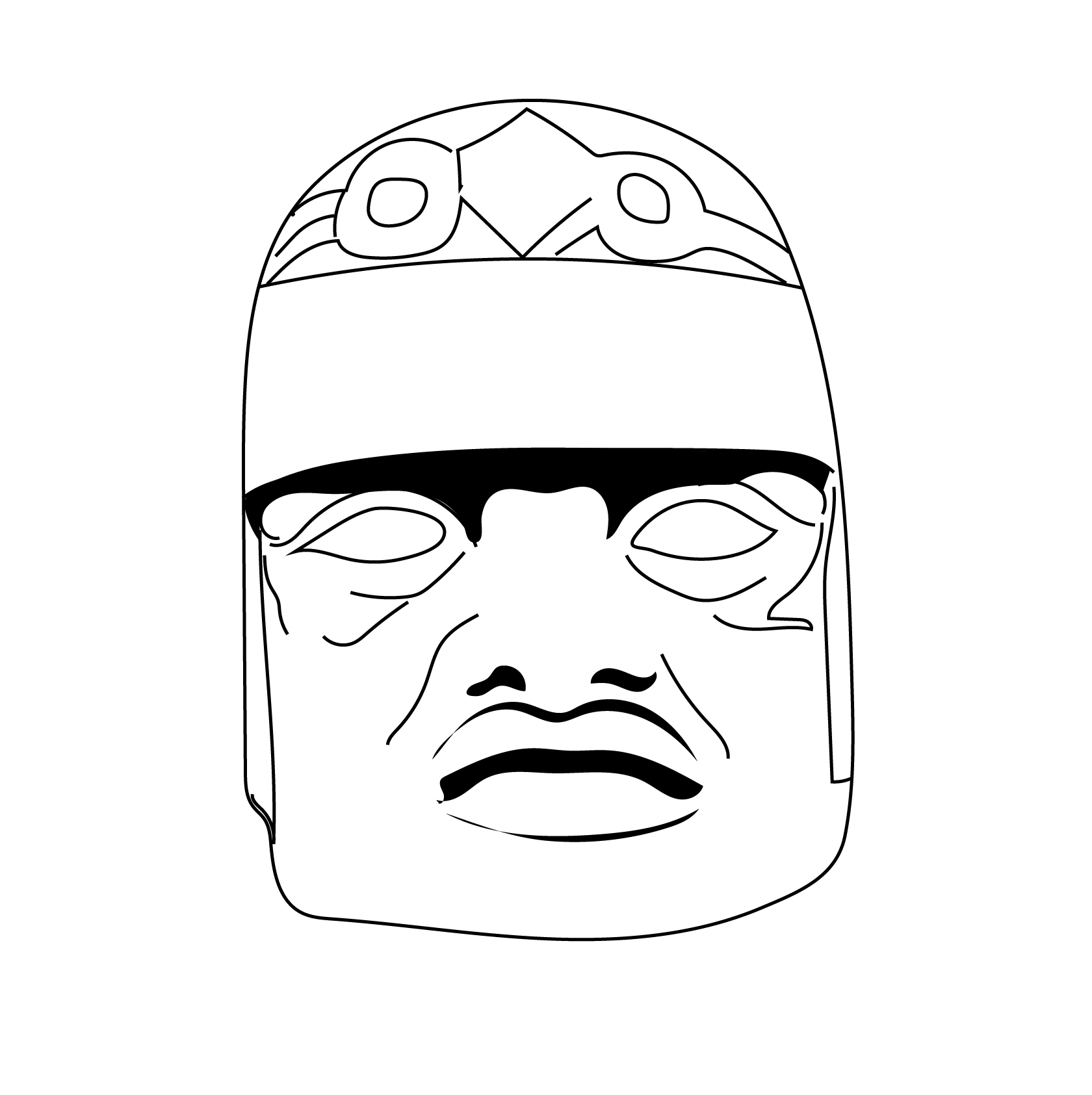
Mexican Statue
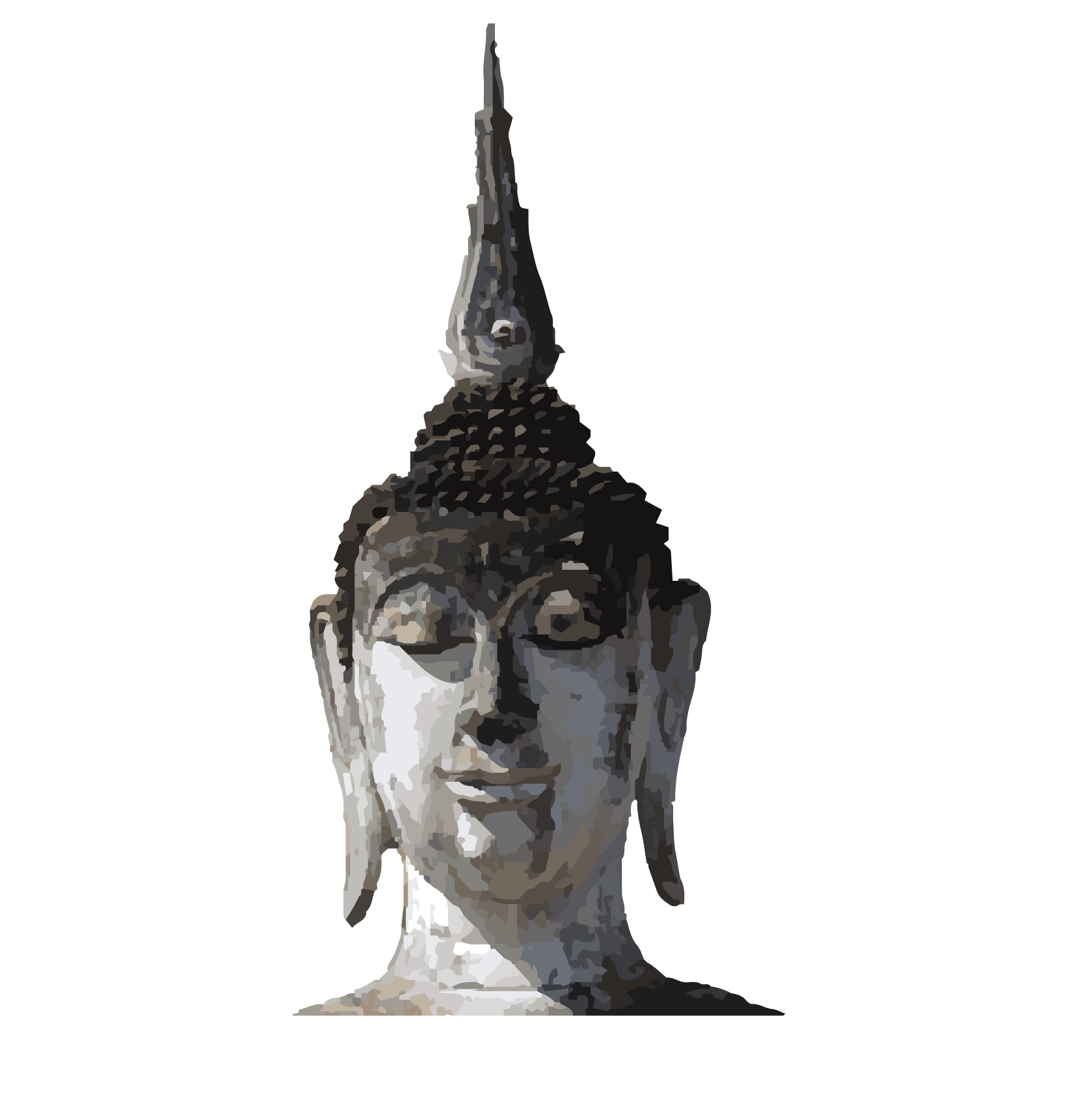
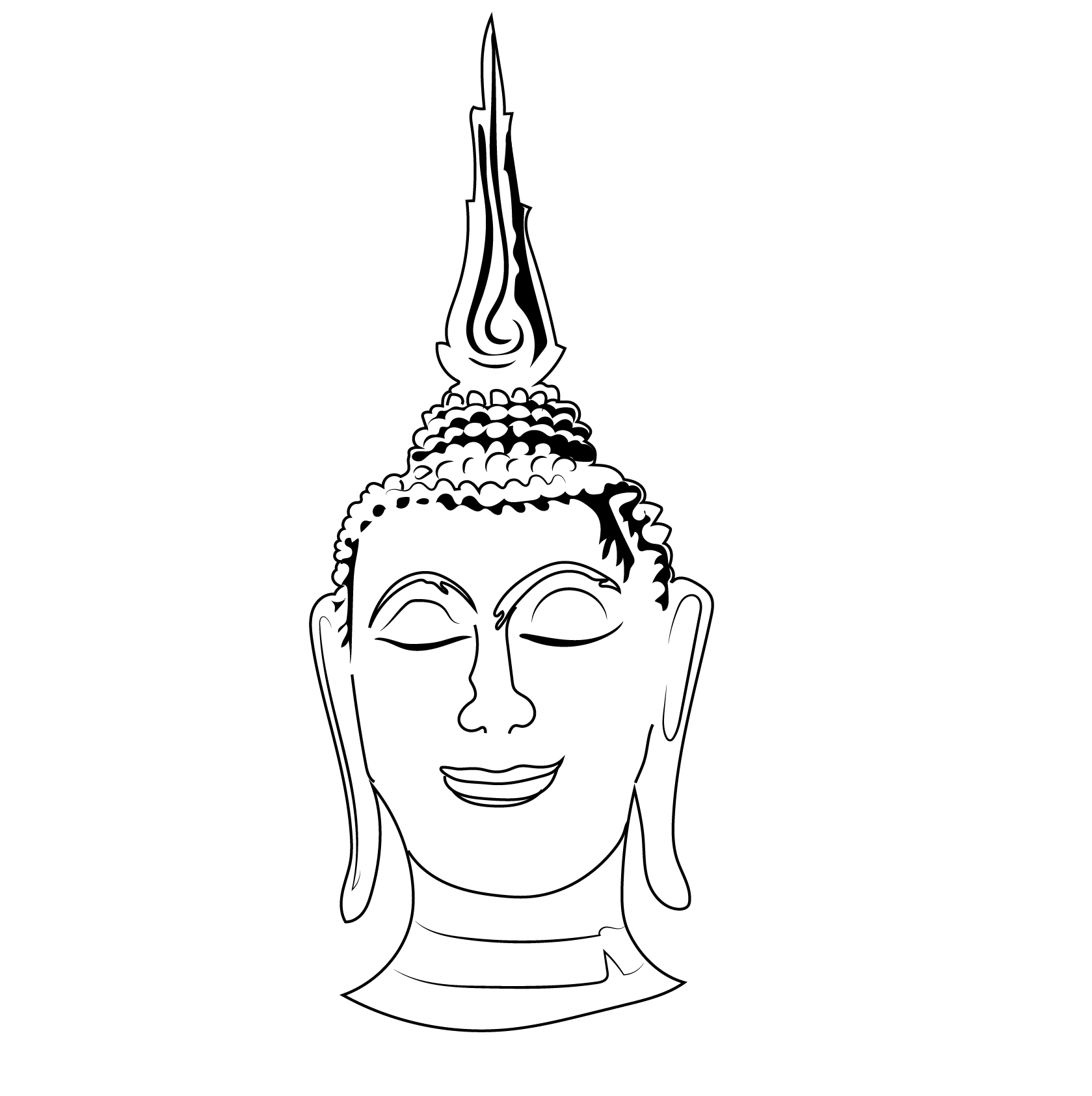
Thai Statue

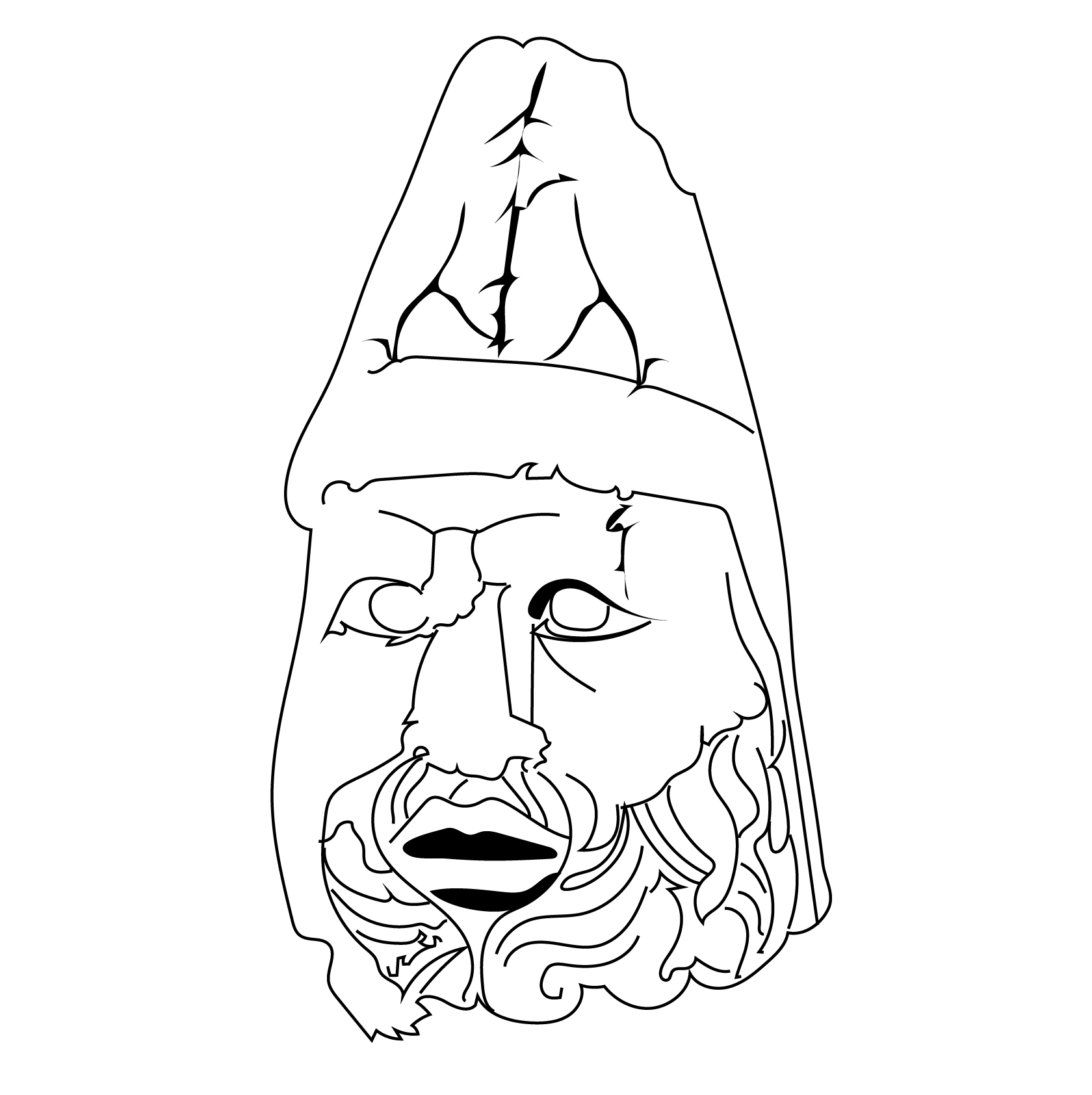
Nemrut Statue Syria


Indian Statue
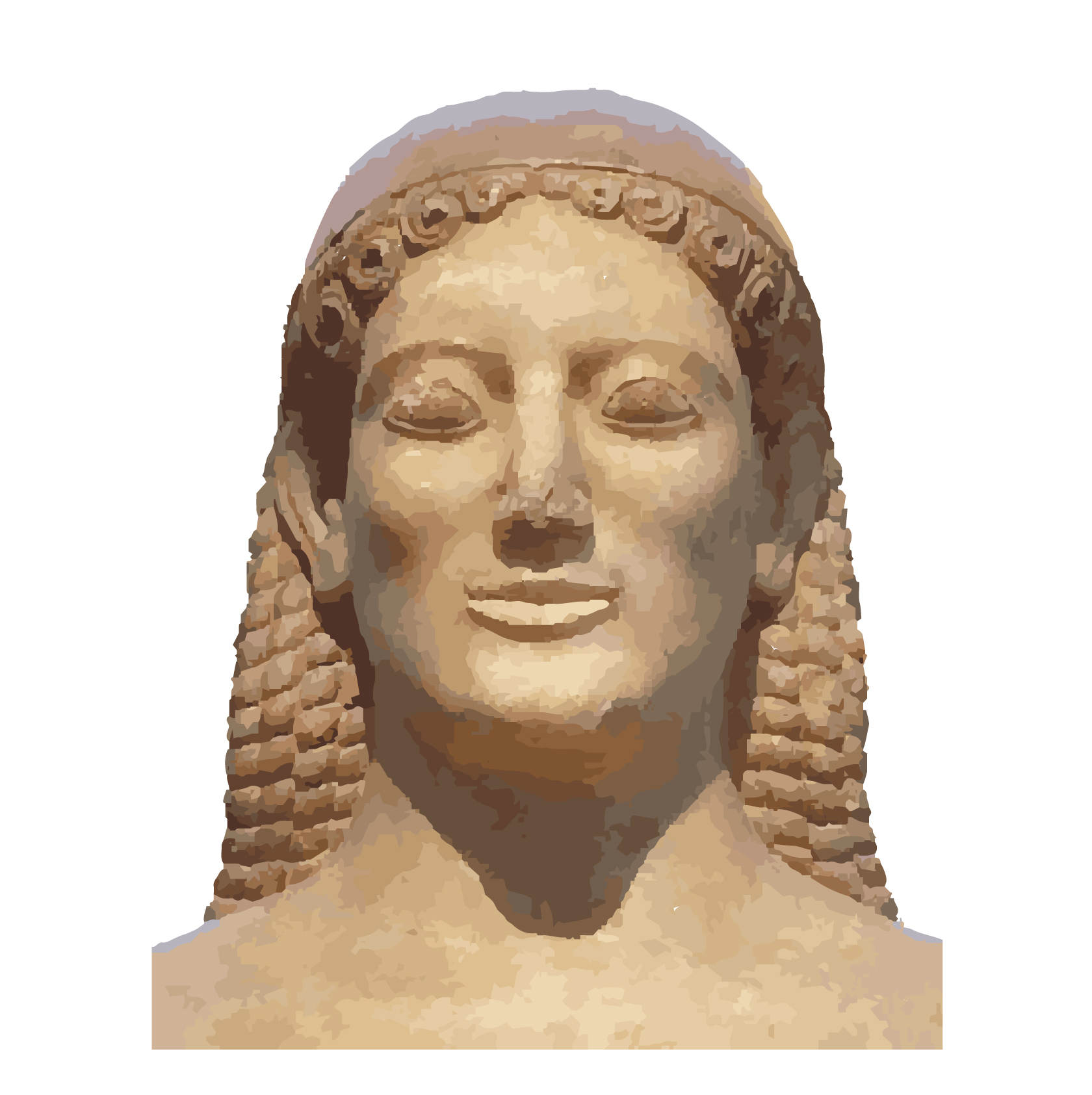
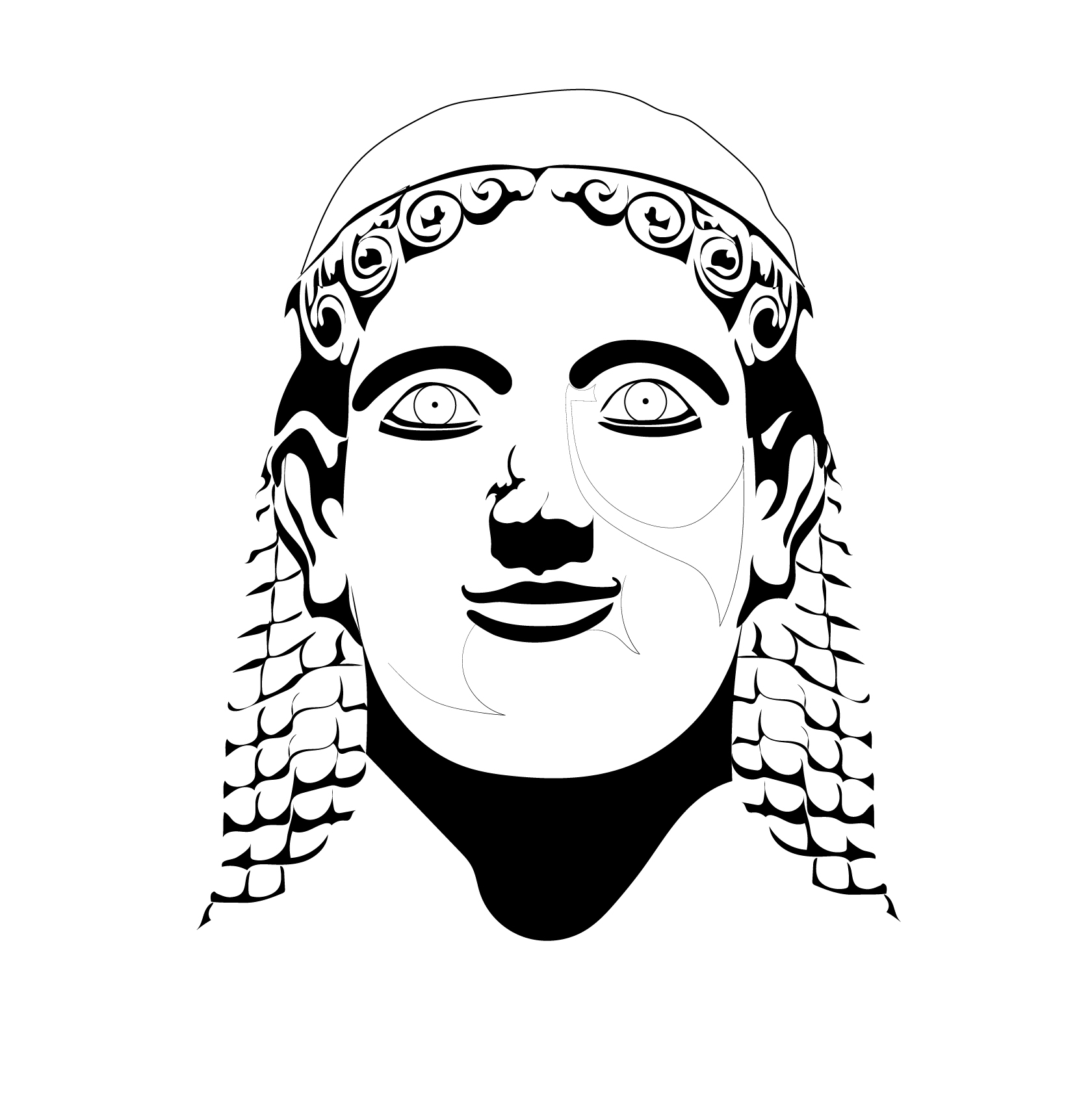
Greek Statue
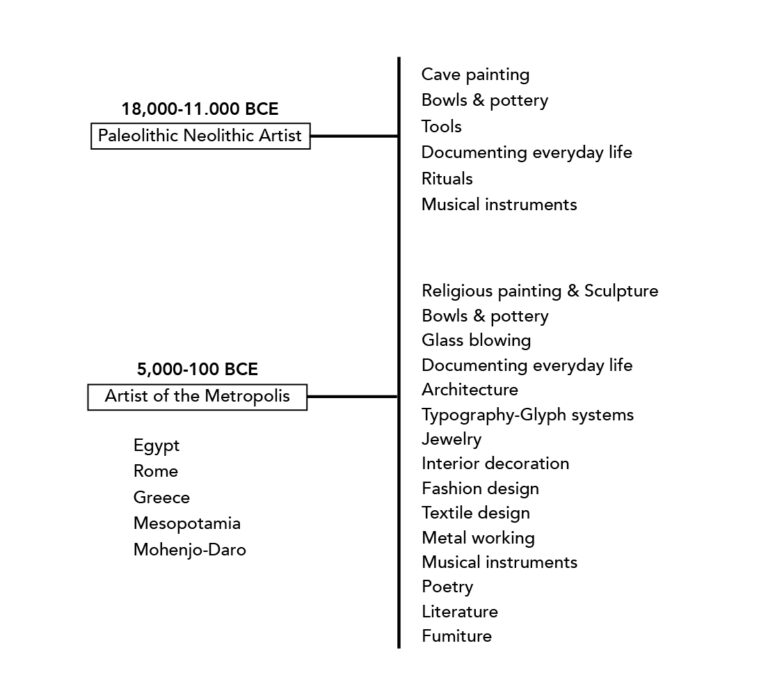
To be cont…


